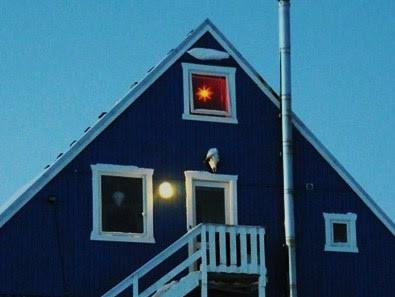The Lewis Chessmen are a group of 12th-century (1150-1200) chess pieces, most of which are carved in walrus ivory, from 3.5 to 10 cm high.
Discovered in 1831 on a sand bank at Uig Bay, on the west coast of the Isle of Lewis, Outer Hebrides, Scotland, they are a rare complete medieval chess set.
Uig Bay, on the west coast of Lewis.
Most of the set is owned and usually exhibited by the British Museum in London; 11 pieces belong to the National Museum of Scotland in Edinburgh, and other 6 will be displayed at the new Museum installed at Lewes Castle in Stornoway.
Lewes Castle, Stornoway.
Stornoway, Isle of Lewis, 58º N
Some similar pieces carved in walrus ivory can be seen at the fabulous Nidaros cathedral in Trondheim, which was started at the 11th century. By the time, wealthy trader families living in the town were able to pay craftsmen for high-quality chess pieces.
The chess game had been introduced in Europe by 900-1000 AD, brought from India (Persia ?) by Arab merchants.
These Viking Chess figures recall the berserkr warriors of the Norse sagas.
The fierce Norse knight.
It's commonly believed that the Lewis Chessmen were hidden (or lost) after some accident occurred during their transport from Norway to some wealthy Norse town. They were enclosed in a stone cist on a dune, so it seems likely they were buried for safe keeping. The large number of pieces and their lack of wear may suggest that they were the stock of a trader.
The pieces are elaborately worked in the forms of seated kings (8) and queens (8), bishops, knights on their mounts, standing warders, and pawns shaped like obelisks.
The Queen.
Queen's back.
In Europe, the alfil word was transformed to foul ('fou', in France), and the camel became bishop in anglo-saxon languages because of its mitre-like shape.
More:
http://www.messagetoeagle.com/mystery-beautiful-viking-uig-chessmen-found-isle-lewis-scotland/

































































